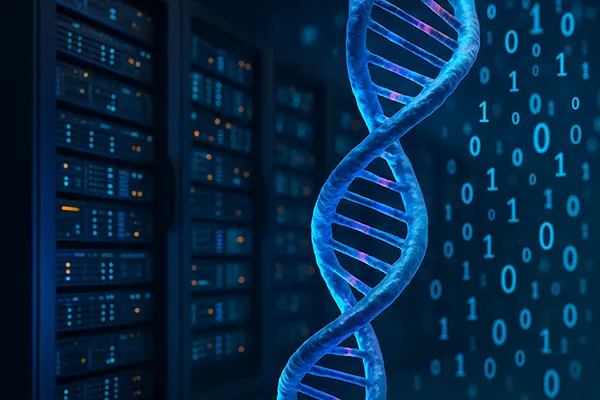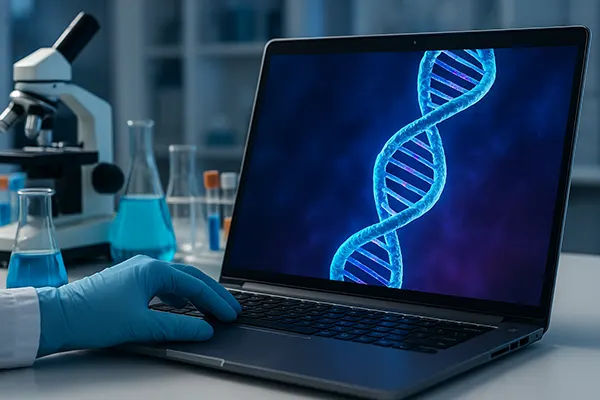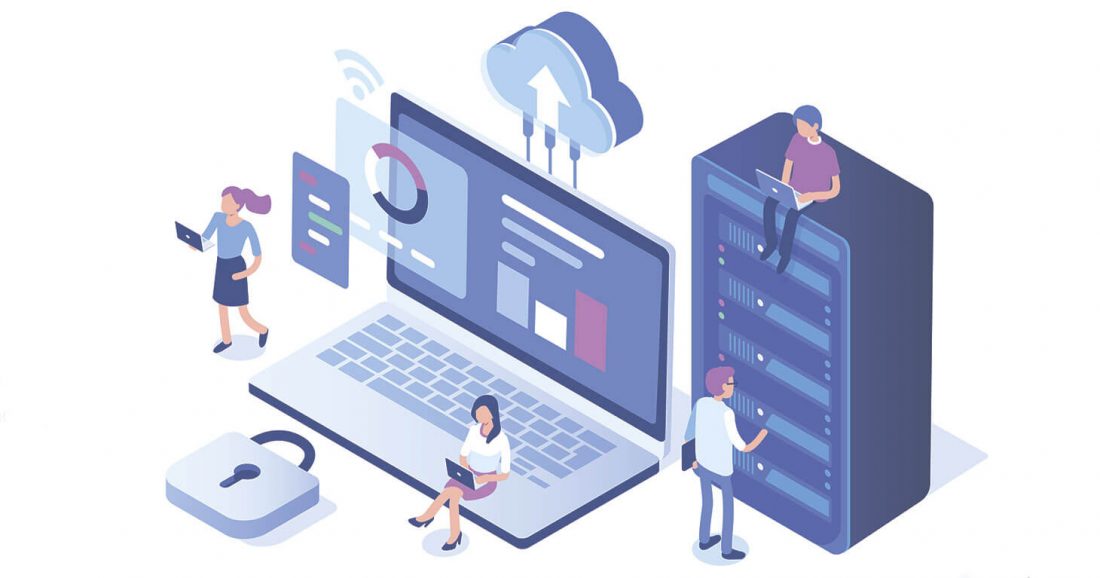
DNA as a Data Carrier: The Future of Information Storage
In an age where the digital universe is expanding exponentially, traditional methods of data storage are being stretched to their limits. Hard drives, magnetic tapes, and SSDs are rapidly filling up as the world generates quintillions of bytes of data daily. In response, scientists and engineers are exploring revolutionary approaches. Among the most promising frontiers is DNA-based data storage—a field that merges biotechnology with digital information systems.
What Makes DNA a Unique Medium for Data Storage?
DNA, the molecule that stores genetic instructions in living organisms, offers an extraordinary density and stability as a data carrier. Its molecular structure—composed of four bases (adenine, guanine, cytosine, and thymine)—can be translated into binary code. Just one gram of DNA can theoretically hold around 215 petabytes of data, dwarfing all conventional digital media.
Unlike hard drives, which degrade over time and are vulnerable to electromagnetic damage, DNA is incredibly stable under the right conditions. Fossilised remains have preserved readable DNA sequences for tens of thousands of years. This makes it highly appealing for long-term archiving and cold storage solutions.
Moreover, the miniaturisation of DNA storage offers significant spatial efficiency. While traditional data centres consume vast amounts of space and energy, a DNA-based system could shrink an entire data centre into a shoebox-sized container, substantially reducing environmental and financial costs.
Scientific Breakthroughs in Encoding and Decoding
In recent years, major strides have been made in encoding binary data into DNA sequences and retrieving it with high accuracy. The process begins with converting digital files into sequences of A, T, C, and G, which are then synthesised into actual DNA strands. Reading the data involves sequencing the DNA and translating the genetic code back into digital information.
Organisations such as Microsoft Research and Twist Bioscience have successfully stored digital files—including books, images, and even video—in DNA. One notable milestone was the full encoding and retrieval of the Universal Declaration of Human Rights in DNA form, showcasing the feasibility and reliability of the technology.
However, current methods remain costly and time-consuming. The cost of DNA synthesis and sequencing has dropped significantly, yet it remains far from economically viable for widespread commercial use. Researchers are now focused on improving speed, reducing errors, and lowering the costs through automation and error-correction algorithms.
Applications and Potential Benefits in the Modern World
DNA data storage isn’t just a futuristic concept—it holds real potential in areas where long-term preservation and minimal physical footprint are critical. Archives, museums, libraries, and governments could store irreplaceable historical documents, artworks, and national records in DNA to prevent loss from decay or disaster.
Cloud service providers and enterprises that operate large-scale data centres are also exploring DNA storage to combat increasing energy demands and reduce carbon footprints. As concerns over the sustainability of digital infrastructure grow, DNA may emerge as an eco-friendlier alternative to traditional storage media.
Medical institutions and genetic research labs already manage enormous genomic datasets. Storing this data in DNA form is a logical progression, as it aligns with the medium itself and allows seamless integration of biological and digital information.
Ethical and Security Considerations
While the benefits are immense, ethical implications must be addressed. Mixing digital and biological domains raises questions about the misuse of synthetic DNA for malicious purposes or unauthorised access to sensitive data. Developing robust encryption and safety protocols is crucial.
There is also the issue of regulatory oversight. Unlike traditional data formats, DNA-based data may be subject to biological research laws and biosecurity protocols. International consensus and standards will be essential to ensure consistent and ethical application across borders.
Additionally, the possibility of encoding culturally significant data or sensitive national archives into a biological format introduces concerns about data sovereignty and ownership. These aspects must be clearly defined before DNA data storage can be implemented at scale.

The Road Ahead: Challenges and Innovations
Despite its promise, DNA data storage faces significant hurdles before becoming mainstream. Cost efficiency, read-write speed, and scalability remain the most pressing challenges. However, breakthroughs in nanotechnology, enzymatic synthesis, and portable sequencing devices could bridge the gap between laboratory research and commercial deployment.
One of the promising developments is enzymatic DNA synthesis, which may offer faster and cleaner production than traditional phosphoramidite methods. Portable sequencers like Oxford Nanopore’s MinION are already shrinking the physical size of sequencing labs, pointing to a future of decentralised DNA storage solutions.
Additionally, advancements in AI and machine learning are helping optimise error correction and data retrieval processes. Combined with automation, these improvements could lead to practical solutions within the next decade.
Conclusion: A New Era for Data Archiving
DNA data storage is not just a theoretical construct—it represents a paradigm shift in how we think about preserving human knowledge. By bridging biology and computing, it opens new dimensions in sustainability, longevity, and miniaturisation.
As technology matures and costs decrease, DNA could eventually coexist with, or even replace, traditional data storage systems in key areas. But for now, it remains a high-potential solution for specialised applications and long-term archiving.
2025 marks a pivotal moment in the evolution of data storage. With continued investment and innovation, DNA might soon become the most powerful and enduring repository of human history and knowledge.





